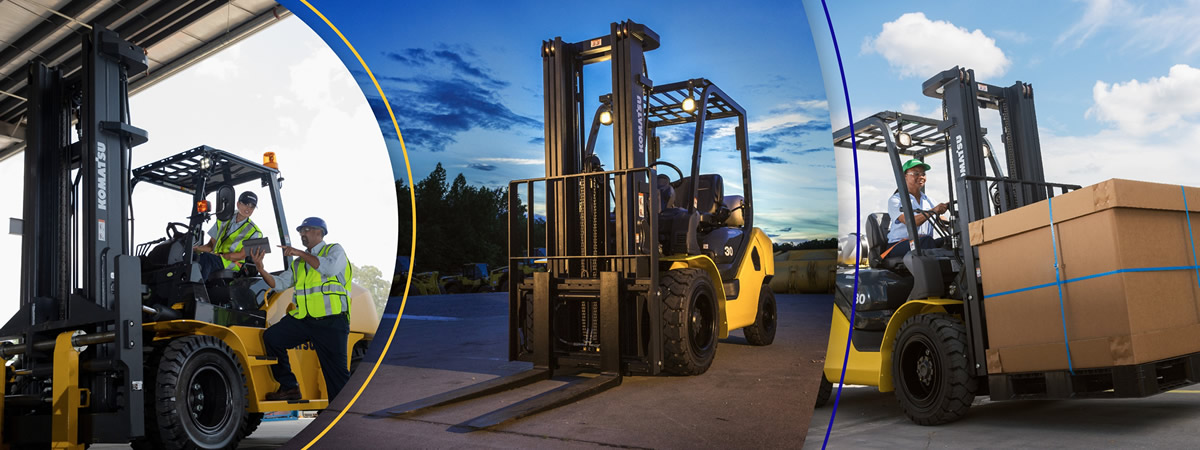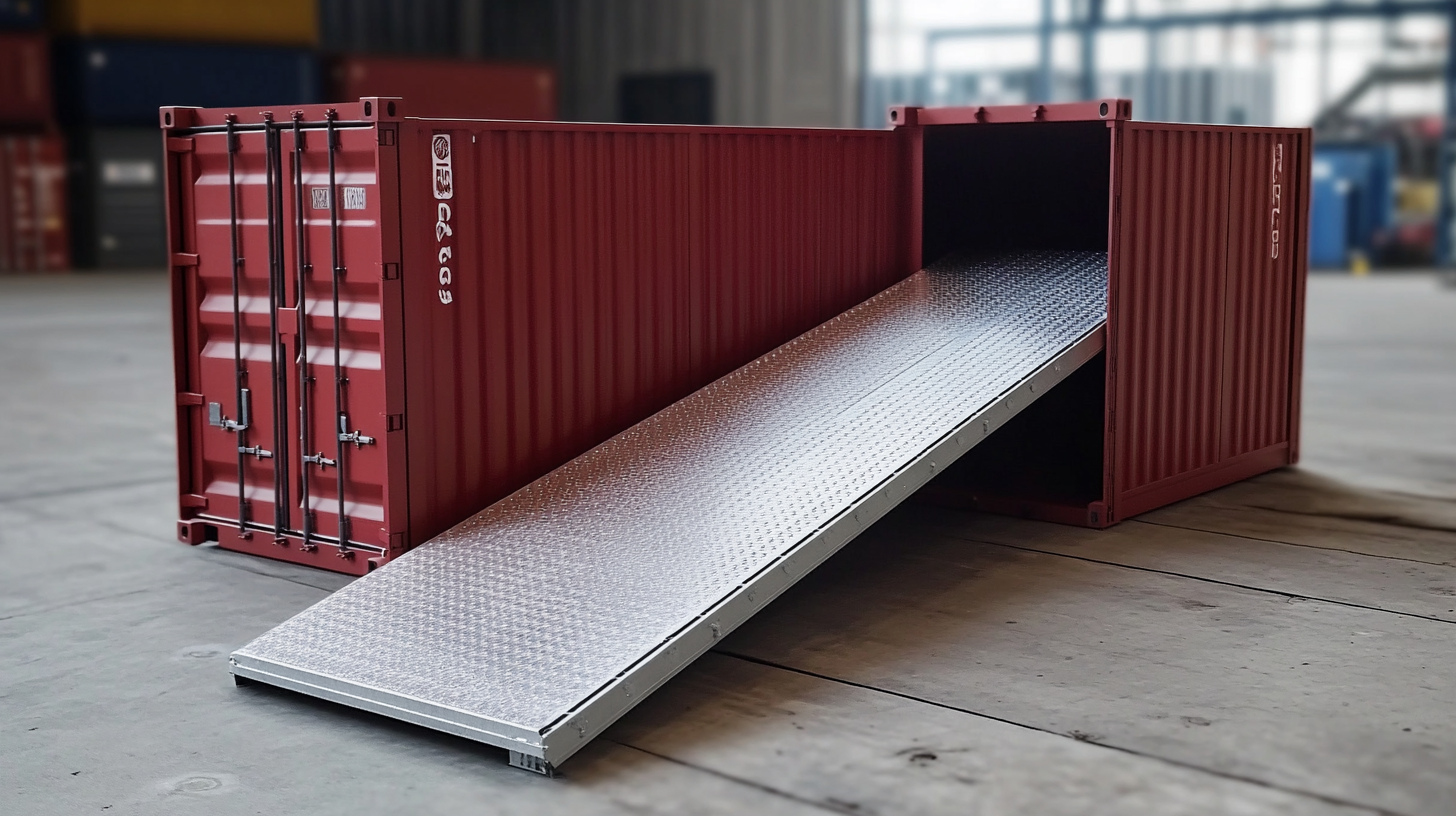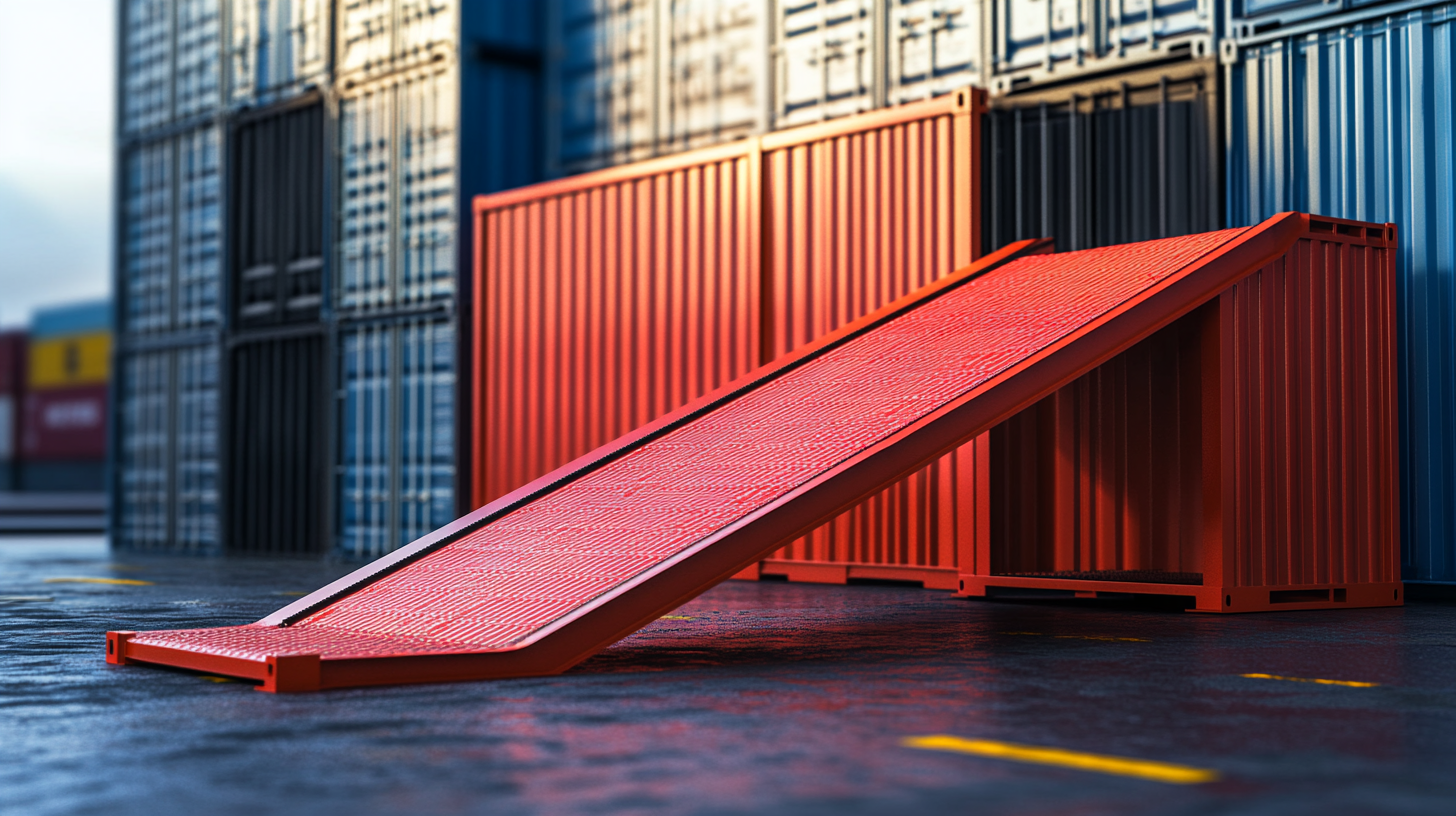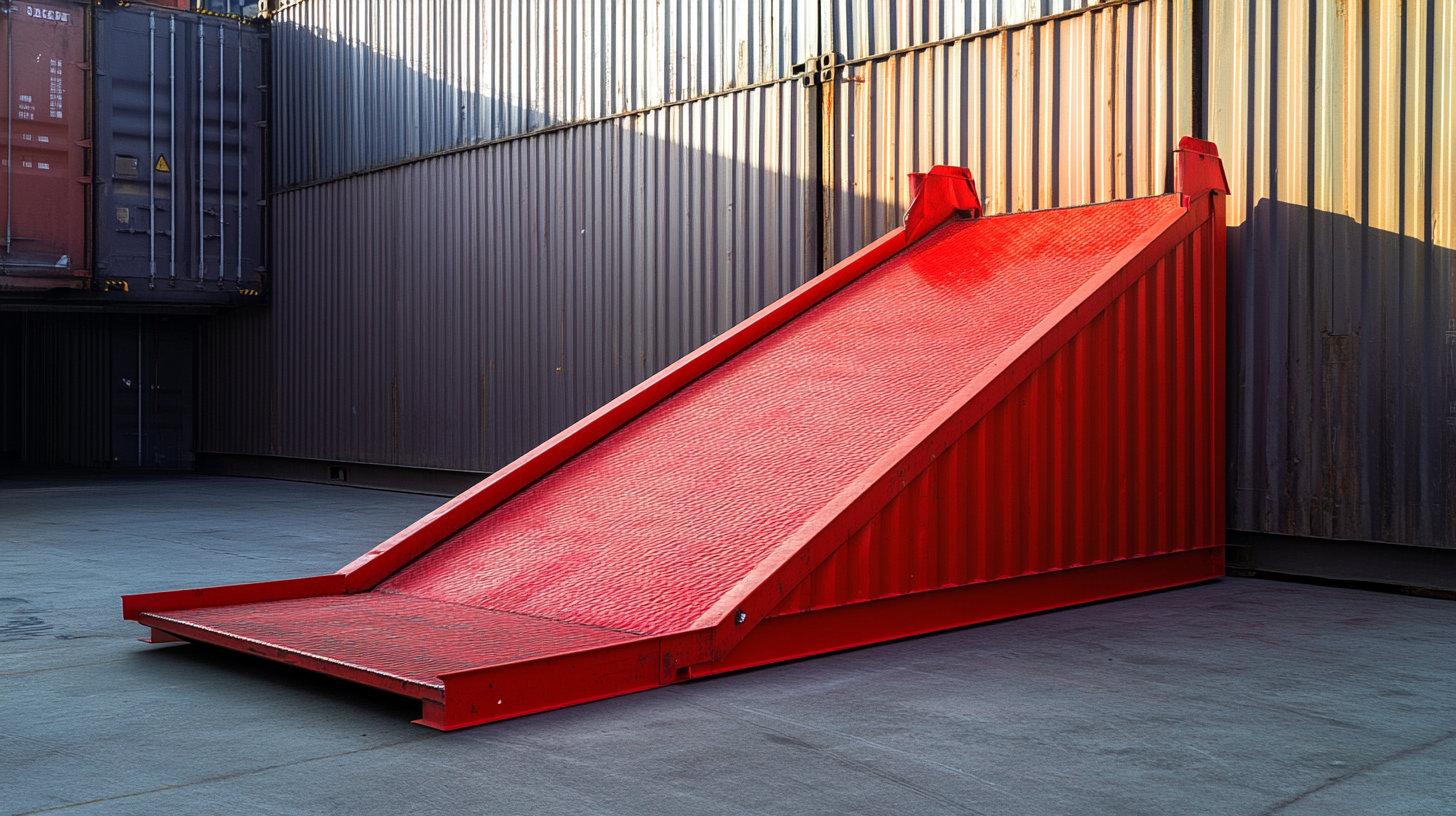
In today's world, the significance of efficient logistics and transportation cannot be overstated, particularly when it comes to the use of shipping containers. A Shipping Container Ramp serves as a vital tool in this domain, enabling the seamless movement of goods between ground level and the container's loading bay. As industries continue to evolve, understanding the various types and configurations of ramps becomes indispensable for businesses aiming to streamline their operations, reduce manual labor, and enhance safety protocols.
This comprehensive handbook aims to shed light on everything you need to know about Shipping Container Ramps, exploring their diverse applications across various sectors. From construction sites to warehouses and retail environments, these ramps play a crucial role in optimizing loading and unloading processes. By delving into the mechanics of their design and functionality, as well as providing practical examples of their use, this guide will equip you with the knowledge to effectively utilize shipping container ramps in your own operations, ensuring maximum efficiency and safety.

Shipping container ramps serve as essential tools for enhancing accessibility and efficiency in various environments. Understanding the basics of these ramps is crucial, particularly for industries that rely heavily on container movement and storage. A shipping container ramp is designed to facilitate the loading and unloading process, bridging the gap between ground and container height. Typically made from durable materials, these ramps are engineered to support the weight of heavy equipment and ensure smooth transitions for pallets and machinery.
The versatility of shipping container ramps extends beyond traditional warehouse settings. They can be utilized in various sectors, from construction sites to retail environments, making them indispensable for enhancing operational workflows. With the rise of intermodal transport and the increasing importance of globalization, having reliable access to containers is more critical than ever. This demand has spurred innovations in ramp design, allowing for more lightweight options that retain strength, making them easier to handle and transport.
As businesses look to optimize their logistics and storage capabilities, incorporating shipping container ramps into their operations can lead to significant improvements in productivity. Understanding the different types available and the specific applications for each will help organizations make informed decisions that align with their operational needs. By mastering the fundamentals of shipping container ramps, companies can ensure they are equipped to handle goods efficiently and maintain a competitive edge in a dynamic market.
Shipping container ramps are essential tools that facilitate the loading and unloading process, particularly in industries that rely on containers for storage and transport. Depending on their design and intended purpose, various types of ramps cater to different needs. Here, we explore some common types of shipping container ramps and their specific uses.
One of the most popular types of shipping container ramps is the folding ramp. Designed for easy transport and storage, these ramps can be collapsed when not in use, making them a perfect choice for businesses that require flexibility. Folding ramps are often made of lightweight materials, allowing for easy setup and takedown, and can support a wide range of vehicular weights, making them ideal for everything from small hand trucks to larger forklifts.
Another significant type is the heavy-duty ramp, which is built to handle substantial weight and frequent use. These ramps are typically constructed from robust steel or aluminum, making them suitable for industrial environments where heavy machinery is involved. Heavy-duty ramps often feature advanced slip-resistant surfaces, ensuring safety during loading and unloading operations. They are perfect for warehouses or construction sites where heavy containers and equipment need to be moved regularly.
Lastly, specialized ramps, such as those with adjustable heights or those designed for specific machinery, offer tailored solutions for unique loading requirements. For instance, adjustable ramps are particularly advantageous when dealing with uneven surfaces or varying container heights, while ramps designed for specific equipment can provide stability and ease of use. By selecting the right type of ramp, businesses can significantly improve their efficiency and safety during shipping container operations.
When selecting a shipping container ramp, there are several key considerations to keep in mind to ensure you make the right choice for your specific needs. First and foremost, the weight capacity of the ramp is crucial. You need to assess the maximum weight of the items you intend to load or unload. Ramps are designed with varying load limits, so choosing one that can safely support your cargo is essential to prevent accidents and damage.
Another important factor is the material of the ramp. Shipping container ramps are typically made from aluminum, steel, or a combination of both. Aluminum ramps are lightweight and portable, making them ideal for frequent use and transport. On the other hand, steel ramps offer greater durability and can withstand heavier loads, but they are often bulkier and less portable. Consider how often you will use the ramp and the environment in which it will be utilized to select the best material for your needs.
The design and incline of the ramp also play a pivotal role in its functionality. A steep ramp may facilitate quicker loading and unloading but can pose safety risks. Look for ramps with a gentle slope and a non-slip surface to enhance safety for operators. Additionally, many ramps come with features such as safety straps or hooks to secure them in place during use, which can further improve stability and security while operating the ramp. By weighing these considerations, you can make an informed decision and maximize the efficiency and safety of your shipping container operations.

When utilizing shipping container ramps, safety must be at the forefront of every operation. A ramp facilitates the efficient loading and unloading of goods, but it also introduces specific risks that need to be mitigated by adhering to best practices. One crucial aspect of ramp safety is ensuring that the surface is clear of debris and that it is well-maintained. Regular inspections should be conducted to identify any potential hazards, such as loose planks or unstable footing, which could lead to accidents.
Training is another critical element in maintaining a safe workspace around shipping container ramps. Workers should be educated on proper techniques for ascending and descending ramps, including maintaining a low center of gravity when carrying heavy items. In addition, implementing a policy of not exceeding the weight limit designated for the ramp can help prevent accidents. Keeping clear communication among team members during loading and unloading operations further enhances safety, allowing workers to understand when to proceed and when to be cautious.
The recent changes in maritime regulations underscore the importance of transparency and accountability in shipping operations. Just as shipping companies in Dubai are now required to declare container charge tariffs, adopting best practices for ramp usage can foster a culture of safety and reliability. In this evolving industry, taking proactive measures to ensure the safe use of shipping container ramps not only protects workers but also contributes to the overall efficiency of operations.

When it comes to shipping container ramps, ensuring their longevity through proper maintenance is crucial. These ramps play a vital role in facilitating the loading and unloading of goods, but they are often exposed to harsh conditions. Regular inspections are fundamental to identifying any wear and tear. Look for cracks, rust, or signs of bending. Addressing these issues early on can prevent more significant damage and costly repairs in the future.
Cleaning is another essential aspect of ramp maintenance. Dirt, debris, and chemical residues can accumulate, potentially compromising the ramp's structural integrity. A thorough wash with water and a mild detergent can help maintain a clean surface. Additionally, applying a protective coating can shield the ramp from the elements, reducing the risk of corrosion and extending its lifespan.
Lastly, securing the ramp properly when not in use helps prevent unnecessary stress. Storage in a dry, sheltered area reduces exposure to factors that can deteriorate materials over time. By implementing these maintenance strategies, users can ensure their shipping container ramps remain functional and durable, serving their purpose efficiently for years to come.
Content © 2025 Komatsu. All Rights Reserved
